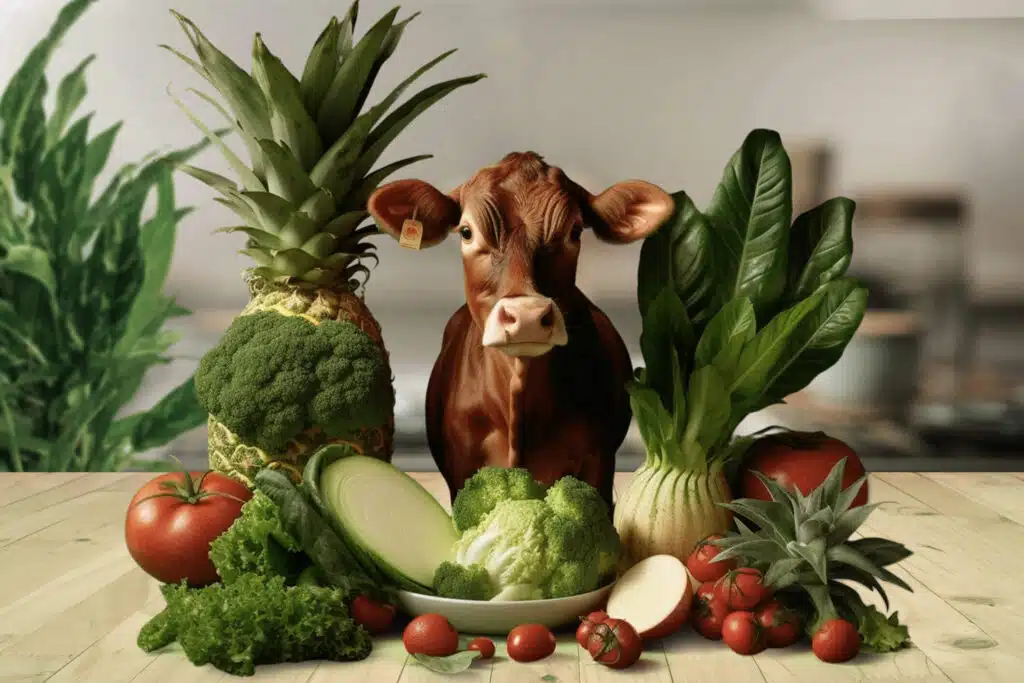Plant based foods appear to be the new craze in town. There has been a lot of discussion about how these foods can be labelled – does plant-based meat suitably describe the product so that consumers are not misled about what is in the product?
In some ways, it may be considered that using the term ‘plant-based’ to describe the product may be sufficient, provided that this is a prominent description and not less prominent than the name or flavour of the meat that has been substituted. However, food labelling in Australia requires the impression created by the label, or any words on the label, not to be misleading.
There have been rumblings that the Australian Government is going to assess the labelling requirements for food, including the naming of plant-based foods that use the animal name that it is substituting for.
Some of the food standards define particular foods in a certain way – for example, there is a strict definition for sausages i.e. they must contain at least 50% fat-free meat flesh and meat flesh includes particular parts of the flesh from the carcass of certain animals. Milk also has a particular definition in the Food Standards Code.
The Food Standards Code also permits the use of additional terms to be added to a definition name, which would then suitably describe the food and indicate that it is not the same as the food that is defined in the Code. So, for example, soy milk has long been considered as not misleading to consumers (and this was tested in court over 20 years ago) – consumers fully understand that this is not milk from cow’s or goat’s etc, but from processed soybeans. We know that peanut butter is mostly made from peanuts and not butter.
Food labeling requirements are not always black and white, you must also look at the impression your food label creates, and also your other information such as websites and social media, and that the ordinary consumer is not being misled by what you are saying about and on your food product.
In recent years, the rise of plant-based foods has been significant, with more and more people opting for plant-based alternatives over animal-based products. This shift towards a plant-based lifestyle has led to this interesting controversy.
While some supporters of using animal-based names for plant-based products argue that it is a harmless way to describe the products and that using familiar terms makes it easier for consumers to understand what the products are and how they can be used in cooking and preparing meals. They also state that this is a way to encourage people to try plant-based foods. By using familiar terms, consumers may be more likely to try these products, which can be a positive step towards a more sustainable and ethical lifestyle.
However, it is up to you, the manufacturer, to make sure that the food label and other communications are not misleading to consumers – the ACCC are the ones that will assess your food products if there are complaints about misleading information on your labels. The use of other words to describe the product more fully, for example beef style or maybe even chicken flavoured could be considered sufficient to make sure that the products do not cause issues in the marketplace. You need to be careful about what pictures you place on the packaging as well – a picture of a cow on a beef style product may certainly considered to be misleading. You need to double check any picture or stylised drawing that may be contained on the packaging.
You can make sure that your labels are not potentially misleading by looking at the label from an ‘everyday consumer’ perspective. Ask your family and friends about your label design or, if you feel that they are too close to your products and are not objective enough, engage the services of a professional to review the artwork prior to printing.





